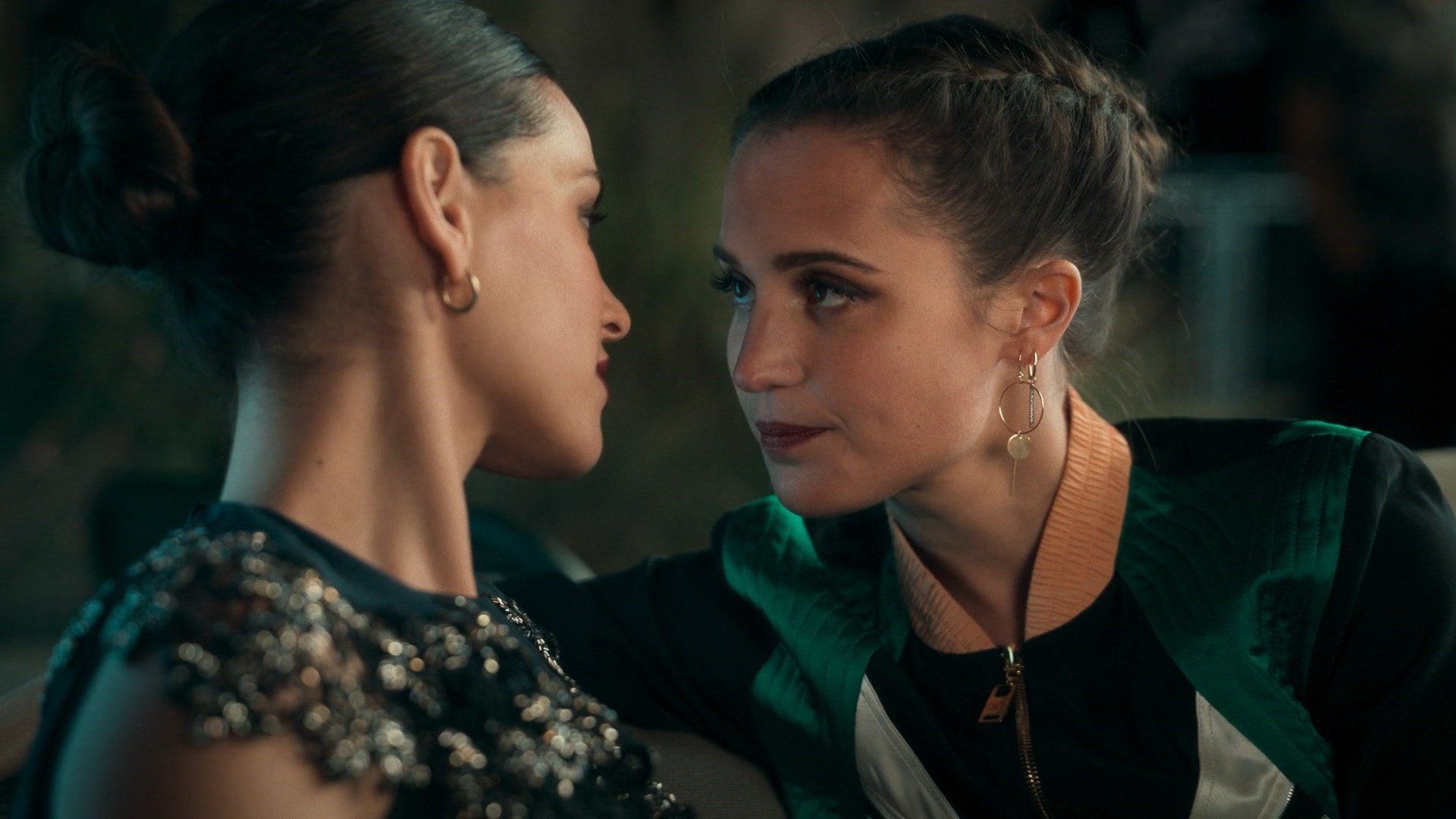Movies About Movies
One is able to discern things about Olivier Assayas’ value system, both the man and the director, from the movies he likes to make about the process of making movies. Assayas definitely believes blockbuster franchises, and in particular those containing super-heroes, are a plague upon artistic society; and that nothing of real, human consequence happens in 98% of them. This stems from Assayas’ belief, of this also I am certain, that civilisation itself is at stake when any of us are gifted the opportunity to make a small fortune from creativity, and especially in the realm of cinema. Before I dug into Irma Vep, a brand new HBO-blessed, A24-powered adaptation of a movie Assayas directed in 1996, I wanted to understand who he was — in 1996.
I said such glowing things about Clouds of Sils Maria one tender evening in February, and not nearly enough about the actress Kristen Stewart’s innate understanding of Assayas’ visual shorthand. That blueprint is everything in Irma Vep, starring Maggie Cheung as a quite angelic actress maintaining grace on the set of a French remake that appears to be falling to pieces. The remake is of a silent picture about a notorious ring of Parisian thieves, their ‘muse’ a balletic, mystical acrobat whose slinky infiltrations precede those (so very loudly) of DC Comics’ Catwoman. Assayas, through the movie’s on-set dialogue, makes it a point to say so.
An afflicted director, René Vidal, helms Irma Vep as a sort of passion project, his need to salute a homemade classic while assholes like Tim Burton bring tosh like Batman Returns to the global big screen. This missive also is peppered into a conversation about movies Cheung, as herself, has with a crew member — with yet one more person who is confused or at best bemused by Vidal’s decision to cast an Asian woman in what is an iconic French role. We only learn ’til late in the picture that things are a little wonky behind the scenes, because Assayas the storyteller is more interested in the people behind the people. As was the case with Sils Maria, and certainly with Personal Shopper, he isn’t as concerned with Orson Welles as he is the messenger on the set of Citizen Kane. There’s a patience, a canniness, and a brilliance, in continually looking to prove that gold can be extracted from the darkest recess of a mine blast.
Placing the narrative focus here allows Assayas to tell stories about human intimacy: any hint of insularity is shadowed perfectly by the overhead, circling dragon of a big budget movie, or anything like it. A setting like that serves as a comedic lever whenever Assayas wants it to, but also the perfect platform on which to have deadly serious, yes-this-matters conversations about what we allow to entertain us, to form culture, to shape our present moment for future creators. I’ll bet it’s rich to read that on paper but Assayas knows this: that’s why he’s pointing his camera at the costume designer who drinks and chain-smokes and flirts like there’s no tomorrow, and not the film director willing to disintegrate publicly for the sake of history.
To boot, Assayas believes the scene that will come to define him as a film director isn’t necessarily one he can storyboard or pre-meditate to death. (There is an obsession, both in Irma Vep the TV show and Irma Vep the movie, with a scene in which she slithers into a master quarters.) René is a difficult man to work with, I surmise, because he communicates what he wants right up until a vital 3 or 4% only you, the talent, can wrest from the atmosphere. I’ve seen this in other Assayas movies, in Sils Maria and in Personal Shopper, where two characters will trade verbal warheads at the expense of a fat kiss or a sturdy backhand to the cheek. Assayas makes you wait forever for the moments you typically expect from your lead and your co-star, and often deprives you because it feels — I guess — too damn easy.
Alicia Vikander and Adria Ajorna in HBO’s ‘Irma Vep’
This is where the ultra-glam, modern-day, HBO-blessed, A24-powered Irma Vep struggles just a tad, at least in the beginning. I’m not the sort of person liable to deduce and therefore declare that Assayas shot the movie on 16mm (which liquefies the Parisian light so many glorious ways), even though it certainly feels that way. Watching the crystallised TV pilot shortly after, thus, feels jolting and also purposefully rebellious. It’s tricky but not impossible for Alicia Vikander (as Mira) and Adria Ajorna (as ex-flame Laurie) to light trademark Assayas matchsticks in each other’s faces when the camera’s performing so literally. Assayas’ dialogue can be sparse in order to read as provocative, and it’s an odd spectacle when the project’s broader mission isn’t to unearth something rare and mysterious. (It’s to populate an hour or so of prestige television, and persuade an audience bombarded on all sides — Netflix, Prime Video, Hulu, Apple Plus, Disney Plus, Paramount Plus — to buy in.)
But Vikander seems to understand the assignment. She swaggers across the world with a shitlessness no living actress would cop to in real life. She wears expensive clothes carelessly, and she touches another man’s wife on the balcony at a party, and she makes this Hollywood shit look like the breeze Assayas thinks it is when you’re not making anything meaningful — which no living actress would cop to in real life.
I’m excited to see where it’s all headed. I’m excited to see where Assayas allows it to go and what — besides good old-fashioned resolution — it comes back with.


